Lenguas de Gato 1989 (Cat Tongues)
For my first contribution to the blog, I wanted to go with a recipe that contained a small number of commonly available ingredients as well as easy to follow instructions. In The Young Baker I found a recipe for cat tongue cookies. It fit my criteria for simplicity with only 5 ingredients and 8 steps. Plus, it was named for my favorite furry companions, so how could I resist?
I have to admit that before baking these cookies and writing this blog post, I had never heard of cat tongue cookies. From the information I could find, they seem to have originated in Spain and appear to be rather popular almost everywhere, including France, China, Indonesia and many Latin American countries.
El Niño Panadero by Patricia van Rhijn, 1989
Lenguas de Gato
- 1/2 barra de mantequilla
- 1/2 taza de azúcar
- 1 cucharadita de ralladura de naranja
- 2 claras de huevo
- 1/2 taza de harina de trigo
Instrucciones
- Bate la mantequilla hasta que se suavice
- Agrega, sin dejar de barir, el azúcar y la ralladura de naranja
- continua batiendo mientras añades las clara y la harina cernida
- Cuando logres una masa uniforme, dejala reposar duranto 10 minutos
- Prende el horno a 250 degree C
- Corta la punta de una bolsa de platico y llenala con la mezclas
- Sobre una charola para hornear, engrasada, forma las lenguas de gato dejando sufficiente distancia entre ellas
- Meterlas al horno por espacio de 10 minutos o hasta que se doren las orillas, a 200 degrees C despega las de la charola antes de que se enfriend para que no sen rompan
Cat Tongues
- 1/2 stick butter
- 1/2 cup sugar
- 1 tsp orange zest
- 2 egg whites
- 1/2 cup flour [I used unbleached all-purpose flour]
Instructions
- Beat the butter until soft
- Add sugar and orange zest, stirring constantly
- Continue beating mixture while adding egg whites and sifted flour
- let dough stand for 10 minutes
- Turn the oven on to 250° C [482° F]
- Cut the tip off of a plastic page and fill it with the mixture [I used a quart size Ziploc bag]
- On a greased baking sheet, squeeze out the batter into the shape of cat tongues. Be sure to leave enough space between the cookies.
- Turn the oven down to 200° C [392° F] and put the cookies in the oven. Let cook for 10 minutes or until edges are golden brown. Remove cookies from the tray before they cool, so they do not break.
Comments
When I pulled these out of the oven, I was sure I had a failure on my hands. The dough had spread out much wider than I had anticipated and they no longer looked like cat’s tongues. I had piped out much-too-large cat tongues. If I’d had the illustration from the book in front of me while I was making them I would have realized that many more tongues of dough should have fit on the baking sheets. Despite their appearance, they tasted delicious. They are a light cookie with a crisp edge and a chewy center. The orange zest gives them a clean citrus flavor.
The deliciousness to difficulty ratio of these cookies is fairly high, so it’s extremely likely that I’ll be making them again sometime soon. While I loved the orange zest, I might experiment a bit with the flavoring. A quick Internet search reveals that many other flavors have been tried, including chocolate and matcha or sans flavoring, which leads to a crisp buttery cookies that melts on your tongue.

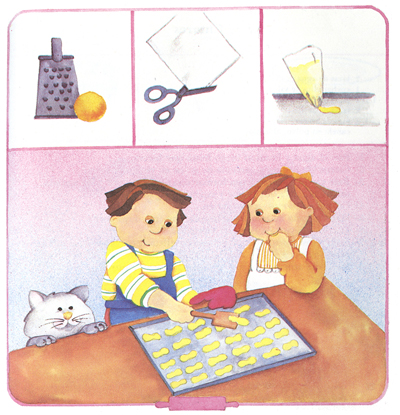
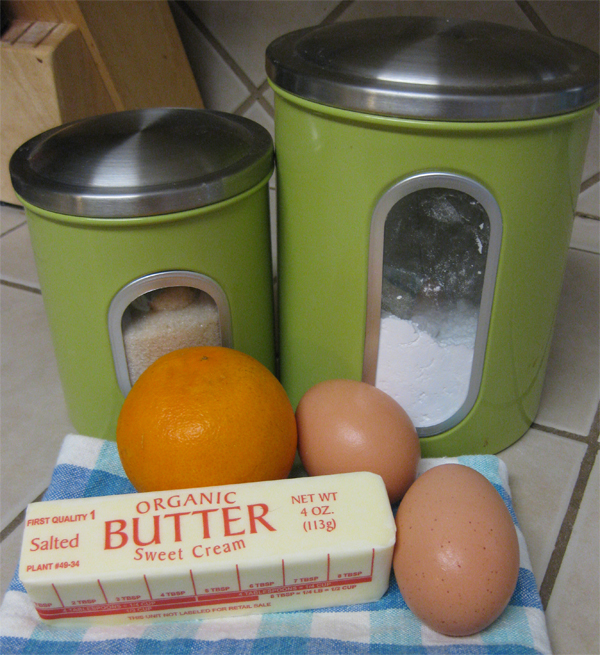
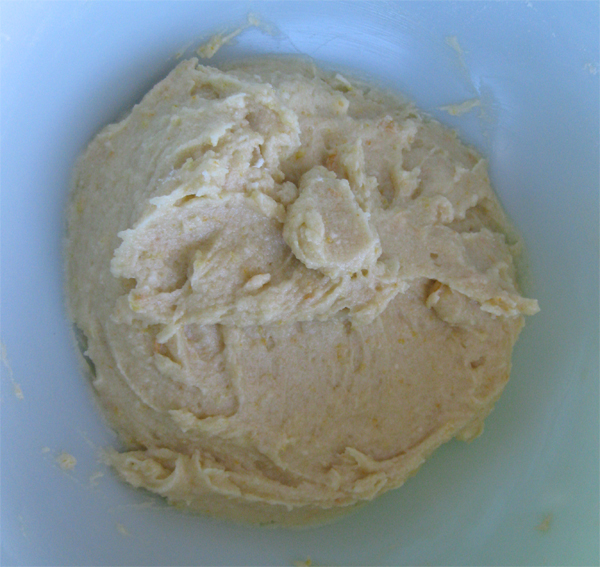

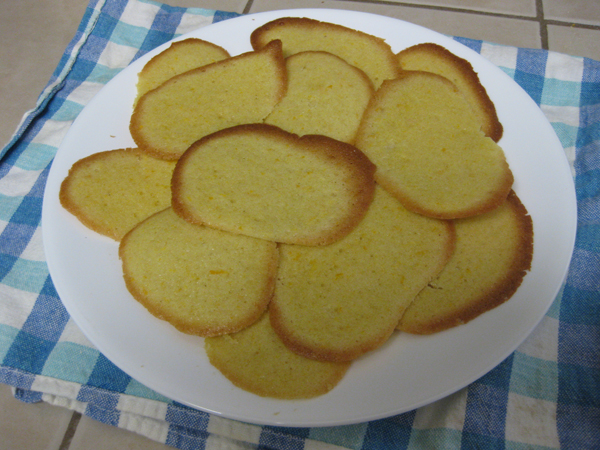
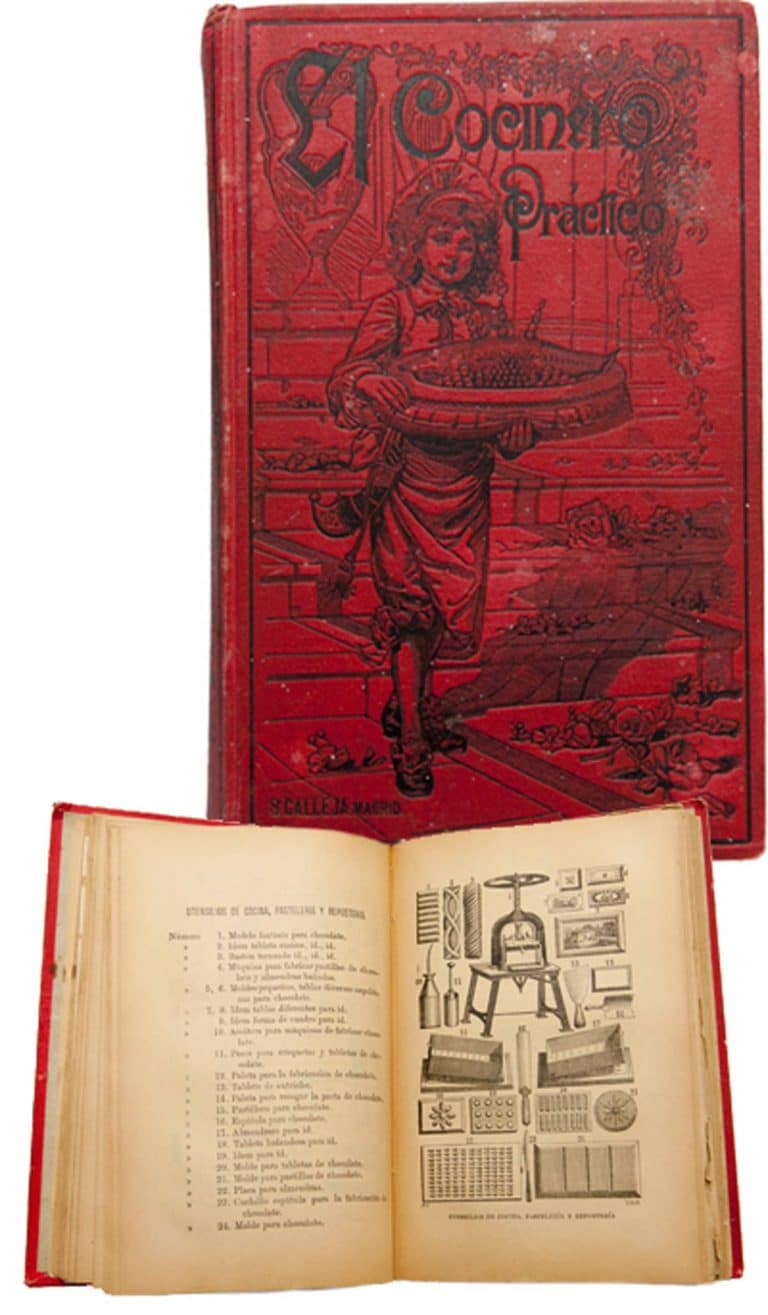
![Reposteria (1919) by Julia Sánchez Rangel. [TX773.S26 1919] UTSA Libraries Special Collections.](https://lacocina.utsa.edu/wp-content/uploads/2013/03/reposteria1.jpg)
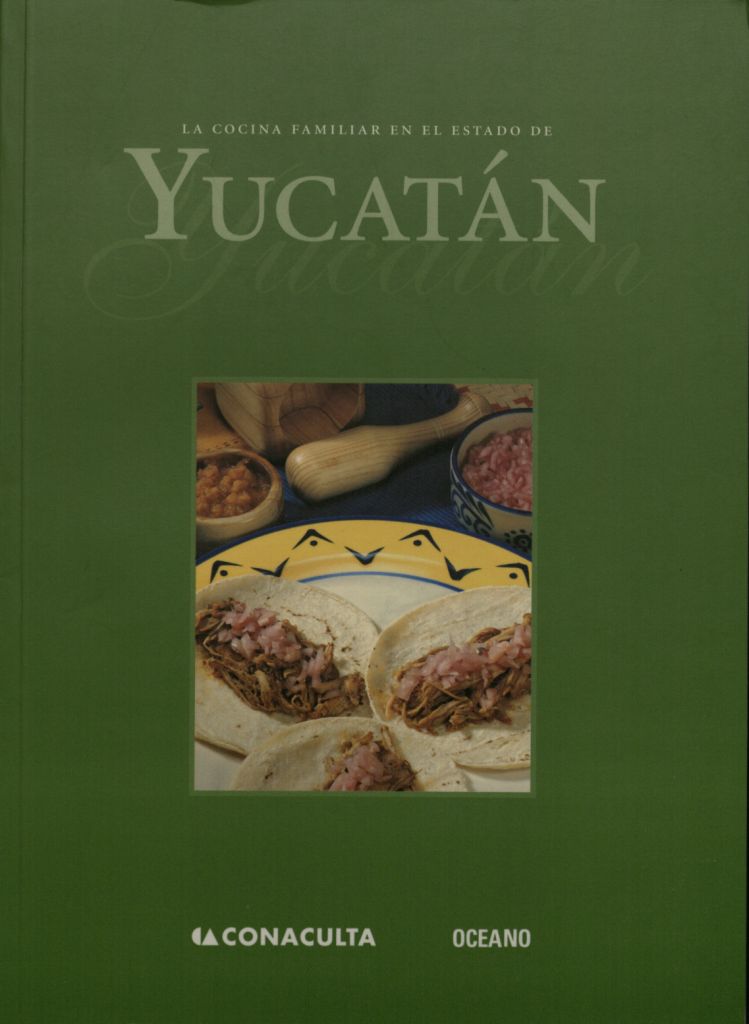
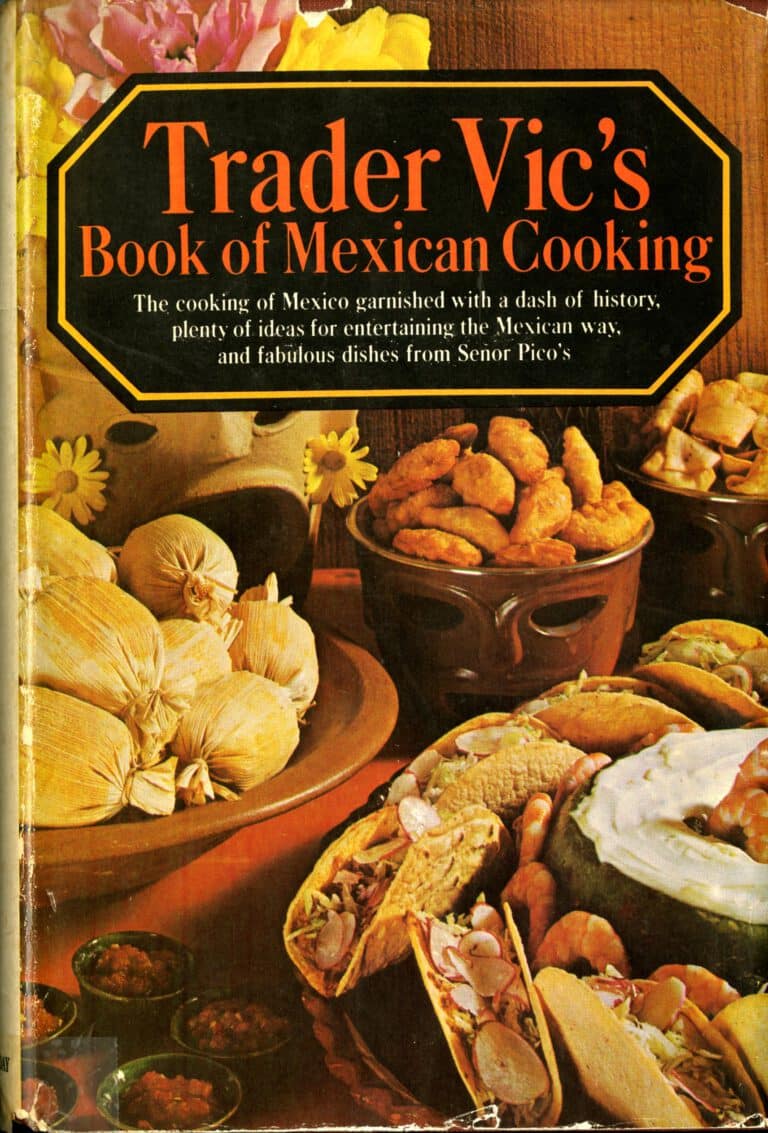

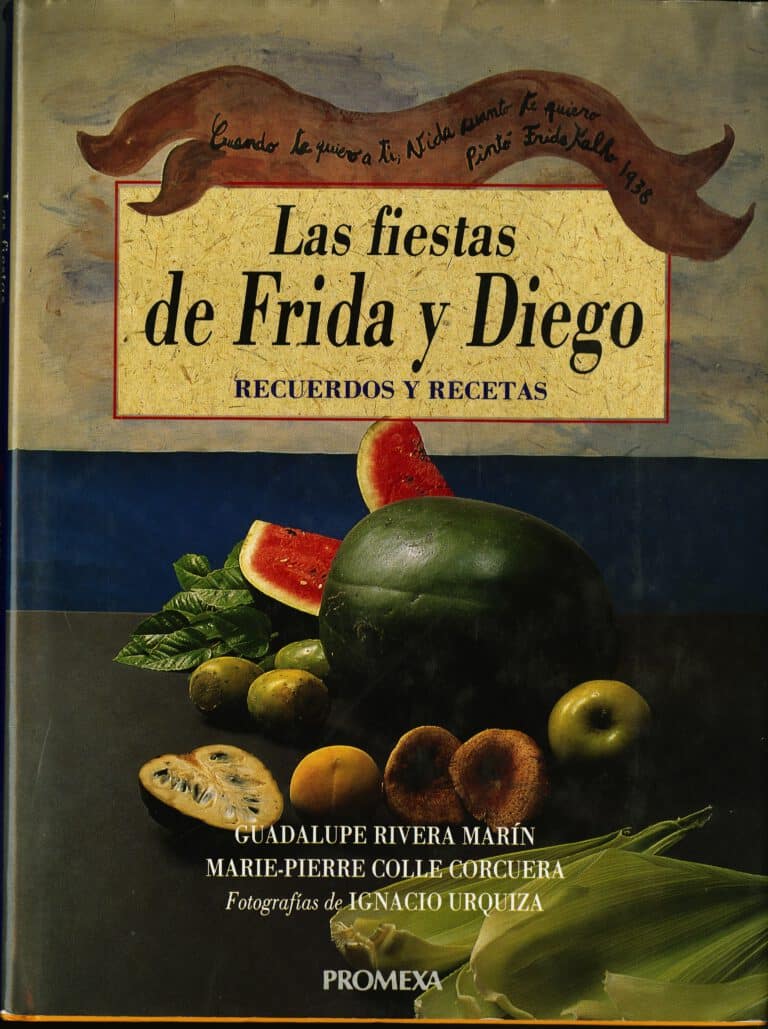
These sound great! They look thin and delicate, my favorite type of cookie. I was recently offered some little German chocolates called ‘Katsenzungen’. They had the same shape with cat faces on each end.